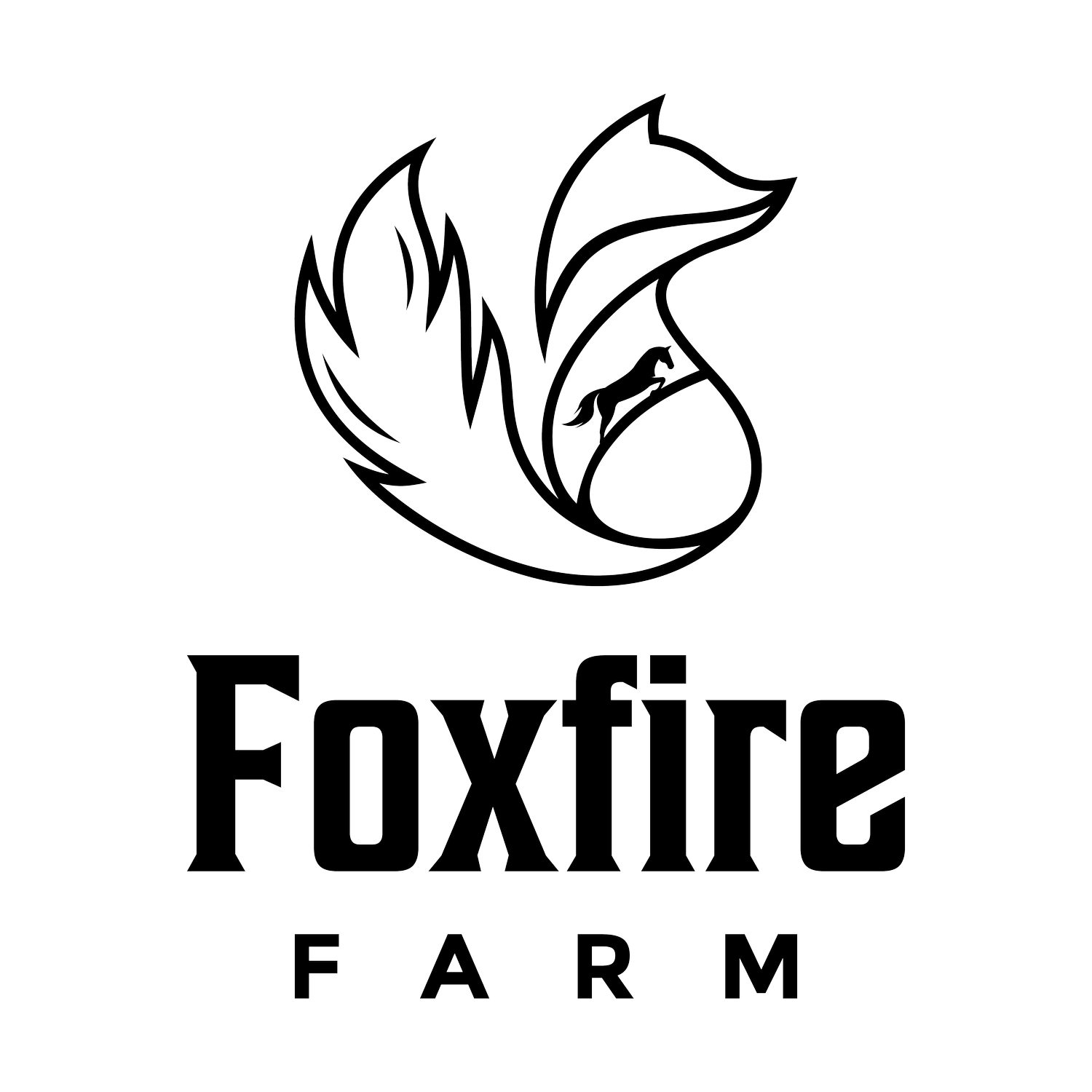At Foxfire Farm, we believe great food starts with ethically raised animals and sustainable farming practices.
Our woodland-raised pigs, fed on walnuts and wineskins, produce pork that is incredibly rich, flavorful, and tender.
The nutty richness from their diet, combined with the earthy tones from foraging in the woods, results in meat that’s perfect for slow-cooked dishes like pulled pork.
Today, we’re sharing a pulled pork recipe that highlights the unique flavors of our woodland-raised pork. It’s the perfect centerpiece for a gathering with friends or family, served on a soft bun with tangy slaw or alongside roasted vegetables.
Ingredients
For the pulled pork:
4–5 lbs woodland-raised pork shoulder (bone-in or boneless)
1 tbsp sea salt
1 tbsp black pepper
1 tbsp smoked paprika
1 tbsp garlic powder
1 tsp cayenne pepper (optional, for heat)
1 tbsp brown sugar
1 large onion, sliced
4 cloves garlic, minced
1 cup dry red wine (preferably a local variety)
1 cup chicken or pork stock
2 tbsp apple cider vinegar
2 tbsp olive oil
For the BBQ sauce:
1 cup tomato puree or ketchup
1/4 cup apple cider vinegar
2 tbsp molasses or honey
1 tbsp Worcestershire sauce
1 tsp smoked paprika
1 tsp mustard powder
Salt and pepper to taste
Instructions
1. Season the Pork
In a small bowl, mix the sea salt, black pepper, smoked paprika, garlic powder, cayenne pepper (if using), and brown sugar. Rub the spice mixture generously all over the pork shoulder, ensuring it’s evenly coated. Let it sit for at least 30 minutes to allow the flavors to penetrate the meat.
2. Sear the Pork
In a large Dutch oven or heavy-bottomed pot, heat the olive oil over medium-high heat. Sear the pork shoulder on all sides until golden brown. This step helps lock in flavor and creates a delicious crust. Once seared, remove the pork and set it aside.
3. Sauté the Aromatics
In the same pot, add the sliced onions and minced garlic. Sauté for 3–4 minutes until the onions are soft and translucent, scraping up any browned bits from the bottom of the pot.
4. Add the Liquid
Pour in the red wine, chicken or pork stock, and apple cider vinegar. Bring the mixture to a simmer, then return the seared pork shoulder to the pot. The liquid should cover about two-thirds of the pork.
5. Slow Cook the Pork
Cover the pot with a lid and reduce the heat to low. Let the pork cook slowly for 4–5 hours, turning it occasionally, until it’s fork-tender and easily pulls apart. Alternatively, you can transfer the pot to a preheated 275°F oven and cook for the same duration.
6. Make the BBQ Sauce
While the pork is cooking, prepare the BBQ sauce. In a saucepan, combine the tomato puree, apple cider vinegar, molasses or honey, Worcestershire sauce, smoked paprika, mustard powder, salt, and pepper. Simmer over low heat for 15–20 minutes, stirring occasionally, until the sauce thickens. Adjust seasoning to taste.
7. Shred the Pork
Once the pork is tender, remove it from the pot and shred it using two forks. Discard any large pieces of fat or bone. Return the shredded pork to the pot and mix it with the remaining cooking liquid for added flavor.
8. Serve and Enjoy
Serve the pulled pork warm with the homemade BBQ sauce on the side. It’s delicious piled onto toasted buns with coleslaw, or you can pair it with roasted sweet potatoes, cornbread, or a fresh green salad.
Why Woodland-Raised Pork Makes All the Difference
The diet and lifestyle of our pigs play a significant role in the flavor of the meat.
Pigs that forage in the woods and eat a non-GMO diet rich in walnuts and wineskins develop a distinctive, rich taste that enhances slow-cooked dishes like pulled pork.
The nutty undertones from the walnuts and the subtle fruitiness from the wineskins create a depth of flavor that’s unmatched by conventional pork.
By choosing locally-raised pork, you’re not only treating yourself to superior taste but also supporting sustainable, ethical farming practices that are better for the animals, the environment, and your health.
Comment below if you give this recipe a try!








